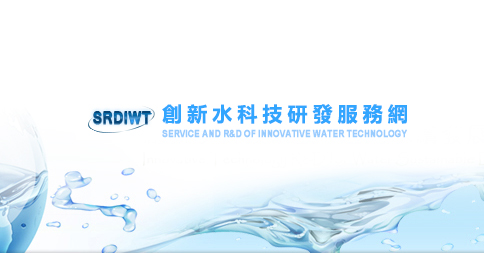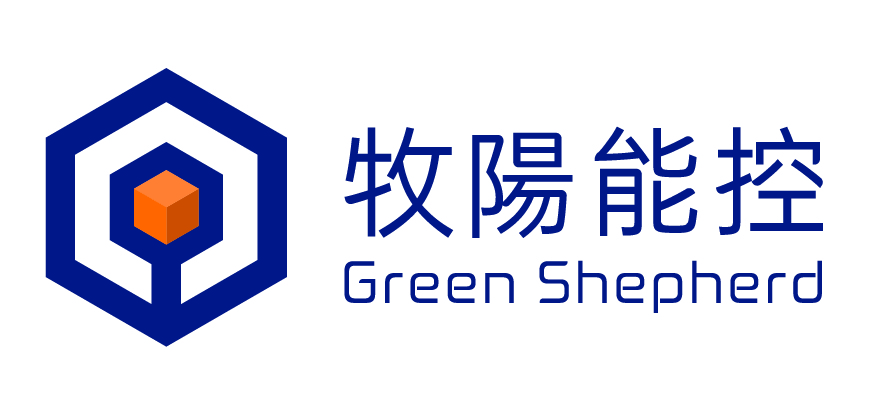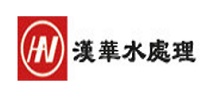硝化菌附著最適化指標之研究
Attachment Surface Energy as An Indicator for Adhesion of Nitrifying Bacteria研討會論文
近幾年研究指出,浸水式生物膜系統逐步應用於廢水處理系統,其中重要的生物擔體指標為微生物的附著能力。本研究透過原子力顯微鏡(Atomic Force Microscope, AFM)進行生物擔體系統化的表面性質量測,以氨氧化菌(Nitrosomonas europaea)固定於AFM探針上進行生物擔體材料表面附著力之量測,進一步了解微生物附著對於生物擔體表面能、界面能和官能基特性之影響。由結果顯示本研究開發之生物擔體表面能與硝化菌附著力有顯著相關性,其最大附著力約為6.28 nN,可透過AFM附著力與材料表面能量測,作為未來生物擔體材料設計開發策略方向。
In recent years, submerged biofilm systems are progressively used in wastewater treatment and the attachment capability of bacteria on biocarriers is one of the crucial design factors. In this work, we used atomic force microscope (AFM) to study bacteria attachment on different types of biocarriers and for verifying systematically physicochemical properties. Ammonia-oxidizing bacteria (Nitrosomonas europaea) was selected and fixed on the probe of AFM for the attachment force measurements with varying surface energies, interfacial energies, and functional properties. The results showed that biocarrier possessed adhesion forces of 1.95 mJ/m2 and flexural modulus of ~300 MPa. In addition, the experiment showed a good correlation between attachment forces and attachment surface energies. This work demonstrated that AFM can be successfully applied as a platform to fast screen and determine the materials selection of biocarrier based on corresponding bacteria and provided potential strategies for improving treatment performance through optimized biocarrier material designs.
In recent years, submerged biofilm systems are progressively used in wastewater treatment and the attachment capability of bacteria on biocarriers is one of the crucial design factors. In this work, we used atomic force microscope (AFM) to study bacteria attachment on different types of biocarriers and for verifying systematically physicochemical properties. Ammonia-oxidizing bacteria (Nitrosomonas europaea) was selected and fixed on the probe of AFM for the attachment force measurements with varying surface energies, interfacial energies, and functional properties. The results showed that biocarrier possessed adhesion forces of 1.95 mJ/m2 and flexural modulus of ~300 MPa. In addition, the experiment showed a good correlation between attachment forces and attachment surface energies. This work demonstrated that AFM can be successfully applied as a platform to fast screen and determine the materials selection of biocarrier based on corresponding bacteria and provided potential strategies for improving treatment performance through optimized biocarrier material designs.
作者:張婷婷,陳柏宇
★文章出處:TMS Meeting (2020)










